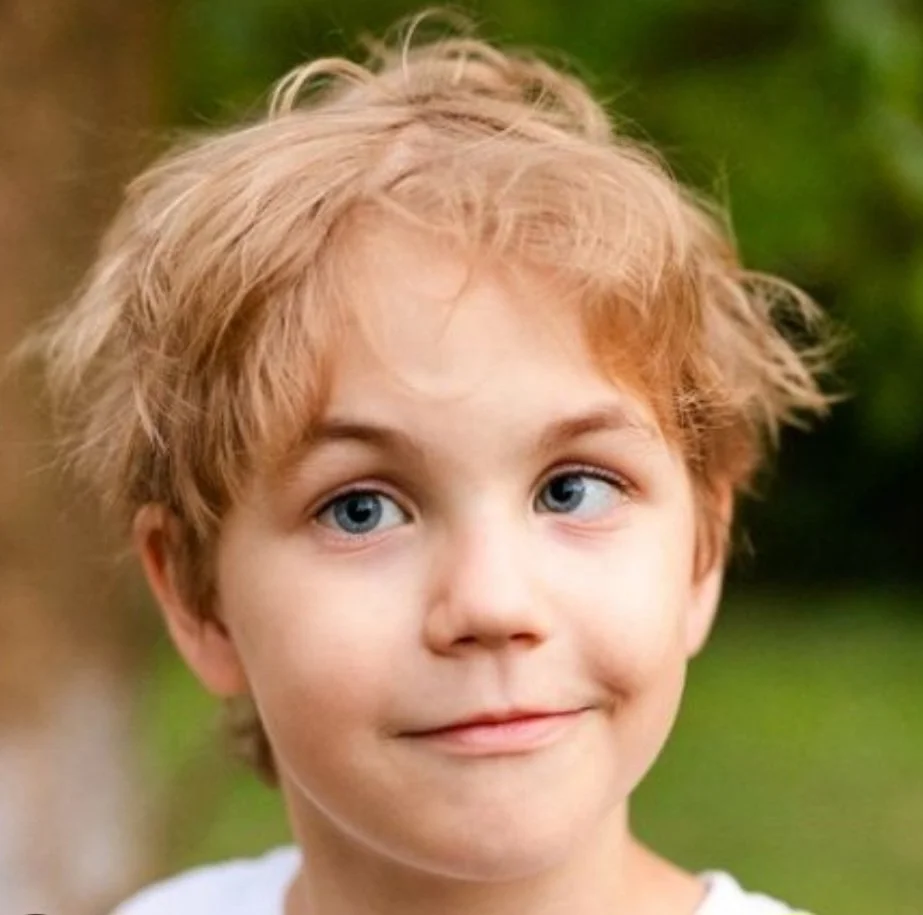
Children’s Eye Tests
Importance of Children’s Eye Tests
It is essential that children have good vision to optimise their social and educational development. It’s therefore really important to detect and remedy any issues with a child’s vision as early as possible to ensure smooth learning and comfortable clear vision.
A child’s brain develops connections with the eyes up to approximately eight years of age and so any problems with these connections need to be addressed in the early years preceding this. A parent or guardian may have no cause to believe there is a problem with a child’s eyesight, particularly if the problem is affecting only one eye, as they will be simply viewing the world through the other one! This can lead to amblyopia or a “lazy eye” which, if missed, will remain for life, affecting depth perception and co-ordination, and increasing the risk of sight loss in later life as there is no back up if the good eye becomes damaged in any way.
Often children don’t realise they are having vision problems, either assuming what they see is entirely normal or using their own coping methods. We recommend you first come in to get your child’s eyesight tested at around four years of age and then once a year afterwards while they are in school. This will help make sure there are no issues that may hinder their learning.
Children’s Eye Exams Are Free!
Kids under the age of sixteen get a free eye test once a year, or more often if clinically necessary. Under nineteens who remain in full time education also receive free routine eye examinations. If their eyes need correction they will receive a voucher which goes towards the cost of their glasses. You can find more information on the NHS scheme here.
Common Problems You May Not Spot
Early Myopia or “Short Sightedness”
Myopia affects distance vision but young children live in their own close up “bubble” and often don’t realise their far vision is reduced, and even if they do they can think this is perfectly normal and don’t report it to anyone.
We now know that early myopia gets worse as children grow and by adulthood, if substantial, this increases the risk of eye conditions such as retinal tears or detachments and macula degeneration.
Thankfully we now have spectacle and contact lenses which are desiged to reduce the progression of myopia. Book a test here ➡
Other advice involves reducing time on close screens, spending more time outdoors, and using good lighting when reading (preferably daylight).
Amblyopia or “Lazy Eye”
There are three common ways of developing a lazy eye and two of these are not apparent just by looking at your child. If one eye is a lot more long or short sighted than the other, or if one eye has a large astigmatism compared to the other, then the brain will choose to develop connections to the good eye but will suppress or ignore the other one. The child will look completely normal and may have no symptoms as the overall vision seems good, however their depth perception will be suffering. They may involuntarily cover or close their weaker eye when concentrating although some don’t.
Treatment usually involves patching the stronger eye and full time spectacle wear at least until the age of eight.
Signs to Look Out For
Squint or Strabismus
Sometimes called a cast or cross eyed, an eye turning in, out, up or down is likely to become a lazy eye as the brain suppresses or ignores it to prevent seeing double vision. Treatments vary from spectacle wear, patching, or even surgery to straighten the eye. The earlier the treatment, the better the chance of getting the eyes to work together successfully.
Headaches
Tiredness, sore eyes or headaches, particularly when reading, could be due to long sightedness and may be easily solved with specs. We may recommend wearing them full time, or just for concentration, and the child may eventually grow out of them.
Difficulty Reading
Avoiding reading, skipping or reversing words, holding books too close or too far away and poor concentration are all good reasons to book an eye test as soon as possible. It may be a simple case that glasses are needed!
Squinting or covering one eye to see
Bring your child in for an eye exam if they show any signs that they are having to work hard to see things, whether close up or further away like the TV.
Other Advice
What happens in a child’s eye test?
Our optometrists have enhanced DBS checks every year. During your child’s eye test, our skilled optometrists use the latest technology to test your child’s vision and eye health in a friendly and fun environment. We tailor the eye test to the child and use various tests, assessing colour vision, muscle balance, eye coordination, nerve function, 3D vision and depth perception. We are also one of the few opticians in our area who offer enhanced colorimetry testing for different neuro-developmental conditions. Occasionally, our optometrist may decide to put drops in the child’s eyes to stop them focusing, which will help achieve a more accurate reading of their prescription. This will usually only need to be done on one visit as subsequent tests will be based on these early findings.





